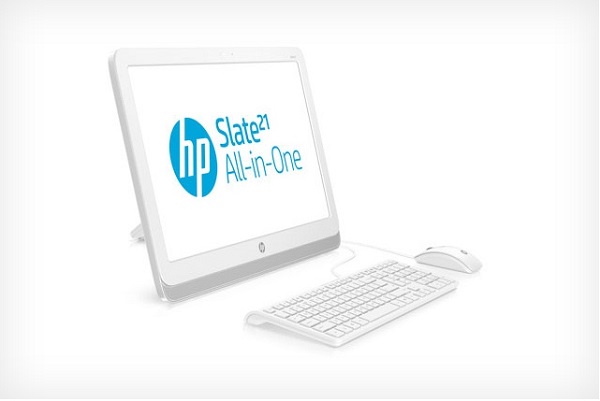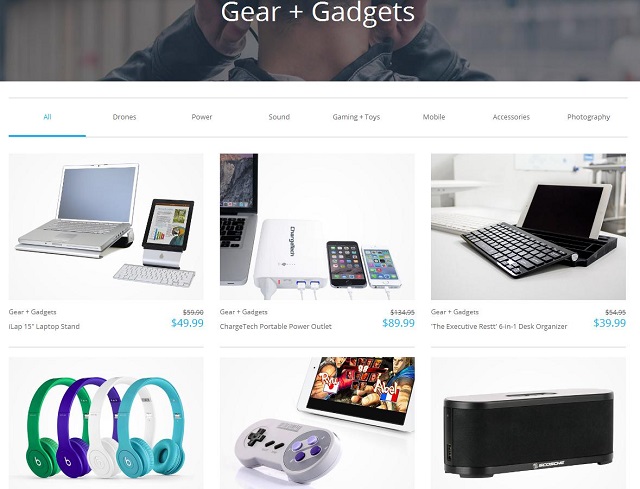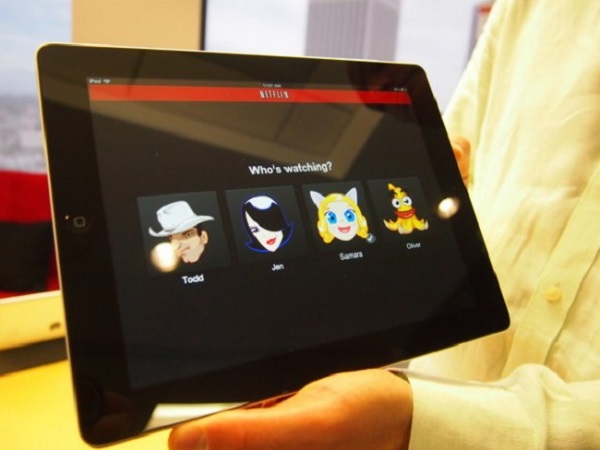Right after Samsung unveiled its latest and greatest all-in-one desktop, HP followed the trend and announced an all-in-one desktop capable of running Android apps. IMHO, HP won this round!
Google’s OS might not offer support for all the tasks that can be performed on a Windows-running PC. However, Android apps catch up pretty quickly, so an all-in-one desktop running this operating system makes a lot of sense, especially since it connects more easily with mobile devices.

Much like Samsung’s ATIV One 5 all-in-one desktop, HP’s Slate 21 sports a 21.5″ touch-enabled IPS screen capable of displaying resolutions of up to 1920×1080 (that would be 1080p or Full HD). Under hood, HP’s offering features a Nvidia’s Tegra 4 SoC (system on a chip), so there shouldn’t be any performance hiccups. After all, Android apps are nowhere close as power-hungry as their Windows or iOS counterparts. The high-end tablets feature at most 2GB of DDR3 RAM these days and a sub-2Ghz quad-core CPU. With similar specs, HP Slate 21 would be able to handle any Android app people would throw at it.
Since this product runs on Android, to some it might look like a very large tablet. However, the Slate 21 offers support for a keyboard and a mouse, something that’s not so common in unrooted Android devices. Such peripherals increase the ease of use, not to mention that the productivity skyrockets in this context. Or at least that’s how it should be, unless users discover some Android games that look great in Full HD.
The price that HP asks for its Slate 21 is more than reasonable. For $399, people can have the Slate 21 AIO on their desk. The sad news is that unlike similar Windows 8 devices that have a built-in battery that enables people to use them in the outdoors, HP’s all-in-one desktop only functions when connected to a power supply. Given the dimensions and the resolution of the product, even if it had a built-in battery it would have run out pretty quickly.
People will have to wait till September to see how Android works on a big display. There are plenty of 5″+ smartphones with a similar resolution, and 1080p tablets are really not unheard of. However, a 21″ display is a totally different thing with a much smaller DPI, but really, who would notice? It would be more interesting to see how people adapt to using a mobile OS on a desktop AIO.
If you liked this post, please check the Samsung ATIV One 5 all-in-one desktop and the Stream adaptive computer system.










